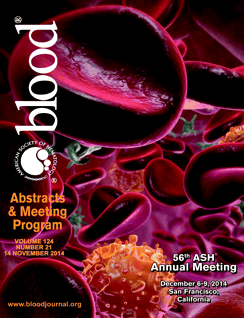Abstract
Background:
Bone disease is a hallmark of multiple myeloma (MM) and destructive osteolytic bone lesions affect more than 80 % of patients resulting in pain, spinal cord compression and a reduced quality of life. Local radiation therapy (RT) is generally used to achieve rapid improvement of bone pain, control of local tumor growth and recalcification of osseous lesions. However, patients with a high tumor burden, eligible for high dose therapy and autologous stem cell transplantation (ASCT) require systemic treatment with three to four cycles of induction therapy followed by stem cell harvest and high dose therapy. So far, it remains uncertain, if RT prior to mobilization influences stem cell harvest in newly diagnosed patients with MM.
Methods:
We retrospectively analyzed the impact of RT on stem cell harvest and outcome in 168 transplant-eligible patients with newly diagnosed symptomatic MM (median age 57 years, range 28-73 years). All patients received RT to symptomatic lytic bone lesions before (n=114) or after (n=54) stem cell harvest and high dose therapy. A median of three cycles induction therapy was applied followed by mobilization therapy before stem cell harvest and high dose therapy. We analyzed, whether RT before stem cell collection influenced the number of leukaphereses needed to achieve stem cell yield, the number of stem cells collected per leukapheresis and the total number of collected stem cells. Additionally, we investigated if timing of RT influenced progression-free (PFS) and overall survival (OS) after high-dose therapy and ASCT.
Results:
Patients receiving RT before stem cell harvest needed more than one leukapheresis to collect the planned number of stem cells (before: 68.8%; after: 44.2%; p=0.09). The median number of stem cells collected per leukapheresis was significantly lower in patients treated with RT before harvest (before: 2.6 x 106 CD34+ cells per kg / bodyweight, after: 3.8 x 106 CD34+ cells per kg / bodyweight; p<0.001). Also the total median number of collected stem cells was significantly lower in the group treated with RT before stem cell harvest (before: 9.0 x 106 CD34+ cells per kg/bodyweight, after: 10.3 x 106CD34+ cells per kg/bodyweight; p<0.02). Patients treated with RT after stem cell harvest showed a longer PFS (48.9 months) compared to the group receiving RT before harvest (36.3 months; p=0.09). No effect on OS was observed.
Conclusion:
We demonstrate that RT before stem cell harvest negatively influences stem cell collection in patients with symptomatic MM. Furthermore, we observed a negative trend towards shorter PFS in the group treated with RT before stem cell collection. Therefore, we suggest applying RT after stem cell mobilization in transplant-eligible patients with MM if clinically possible.
Wuchter:Sanofi: Honoraria; ETICHO: Consultancy, Honoraria. Goldschmidt:Janssen-Cilag: Honoraria, Research Funding, Speakers Bureau; Polyphor: Research Funding; Celgene: Honoraria, Research Funding, Speakers Bureau; Novartis: Honoraria, Research Funding, Speakers Bureau; Chugai: Research Funding, Speakers Bureau; Onyx: Consultancy, Speakers Bureau; Millenium: Consultancy, Speakers Bureau.
Author notes
Asterisk with author names denotes non-ASH members.

